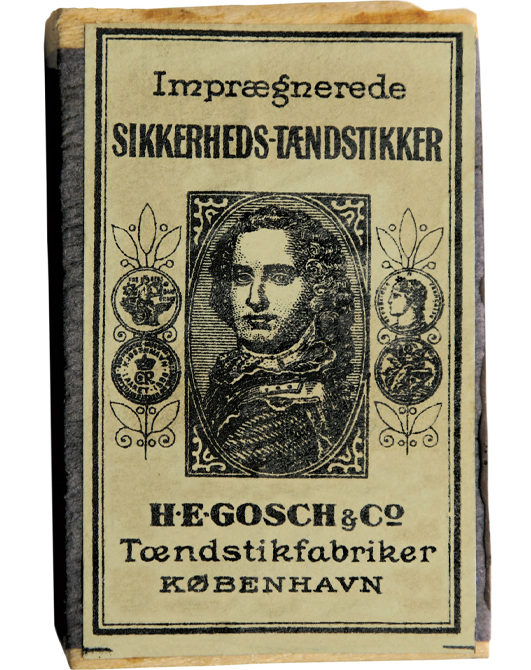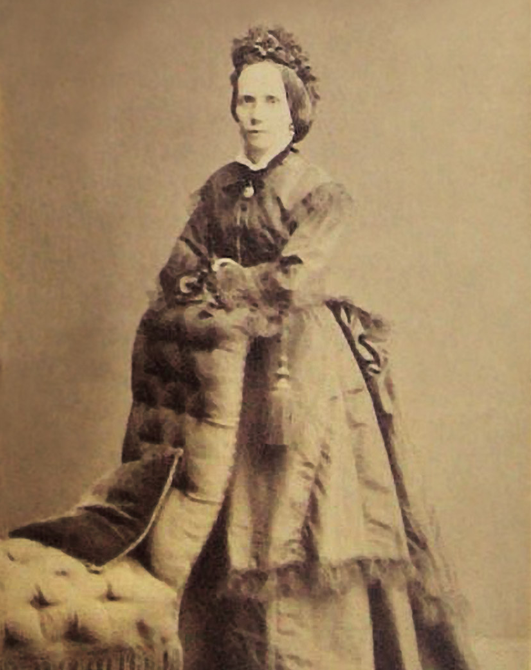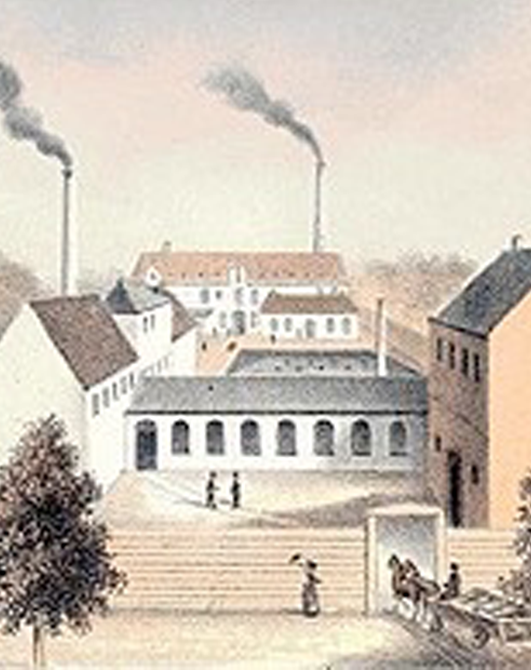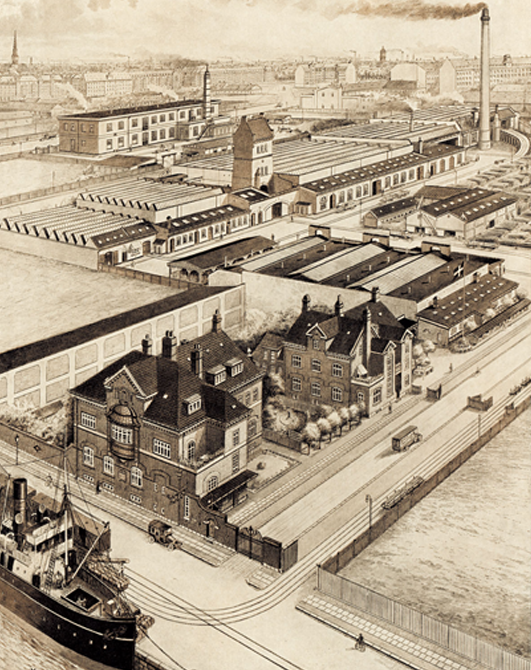WHY TORDENSKJOLD
IS ON MATCHBOXES
The story of Tordenskjold and the matches begins
after the fateful battles at Dybbøl in 1864.
After the war in 1864, where Schleswig was separated from Denmark, a resourceful man named Heinrich Eduard Gosch came to Denmark. He was sent to Copenhagen by his boss, match manufacturer Ludvig Hintze, to explore the possibilities of starting a sulfur match production in the Danish capital.
Hintze had previously operated his match factory in Flensburg, but now, with the city becoming German, he wanted to move the production to Denmark. Gosch rented suitable premises at Bådsmandsstræde 79 in Christianshavn but constantly encountered problems with the authorities. It wasn't until Gosch was introduced to an enterprising gentleman named Anders Sørensen, who already operated a factory in Frederiksberg and had the connections, that things started to progress.
To make a long story short, Sørensen took over the lease at Bådsmandsstræde 79 and formed the company Ludvig Hintze's Successor. He then purchased the machinery that had been transported from the factory in Flensburg. Finally, the formalities were in order, and the factory was put into operation immediately. Anders Sørensen and his wife were in charge of the operation, and Gosch was hired to travel around and promote the products.


There's a Woman Behind It
Gosch and Sørensen had no intention of confining themselves within the country's borders but aimed to export their matches. This was a challenging task since the Swedes were leaders in the global market and equally strong on their home front. It was here that Anders Sørensen's wife, Ane Margrethe, came up with the brilliant idea of putting a portrait of Tordenskjold on the matchboxes. The idea was that if he had beaten the Swedes before, he could do it again.
That's why the Danish-Norwegian naval hero has adorned matchboxes since 1865. The story becomes even more intriguing as Ane Margrethe allegedly got the idea in a dream. Reportedly, she woke up one night, sat up in bed, and exclaimed, "The matches should be called Tordenskjold because he could really thunder against the Swedes at Dynekilden and keep them in check; they were truly afraid of him."
The idea was such a success that other match manufacturers didn't hesitate to put Tordenskjold on their boxes as well. The problem grew to such an extent at one point that Gosch and Sørensen felt compelled to place ads in newspapers, warning consumers about the cheap imitations.
So, Tordenskjold can probably thank the wife of a match manufacturer for the fact that he is still known throughout the country today, both in name and appearance."
The Trademark Tordenskjold
Gosch took over the factory in 1878, along with the exclusive right to use Tordenskjold as a trademark for all time. In 1880, Gosch & Co was approved as the owner of the trademark with "Tordenskjold in an upright oval frame." The approval is registered as number 9 with the Danish Trademark Office, making it one of the oldest trademarks in Denmark.


In Swedish Hands
So, how did they fare against the Swedes? Despite Tordenskjold's great success and exportation to most parts of the world, they never posed a real threat to Swedish manufacturers. After many years of producing Tordenskjold Matches, the business had only one direction to go, and in 1972, Swedish Match Industries acquired all the rights. Today, Tordenskjold matches are produced by Swedish Match Industries' own factories in Sweden.
150th Anniversary of Tordenskjold
A part of Danish coziness since 1865.
When we celebrated the 150th anniversary of the first Tordenskjold matchbox in 2015, we produced a comprehensive anniversary publication with lots of exciting stories about the old naval hero and the match production then and now.

